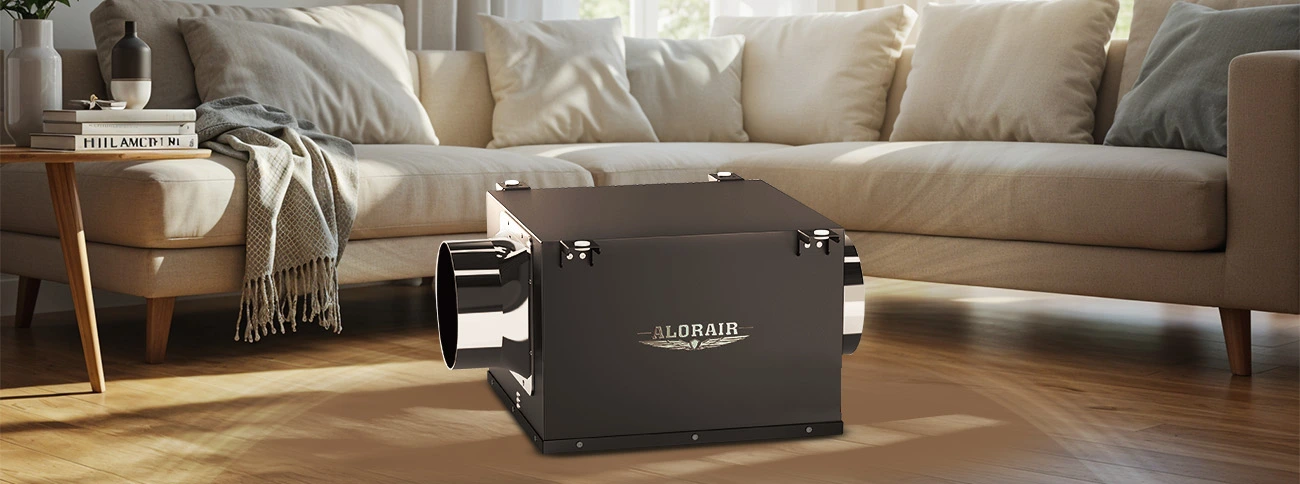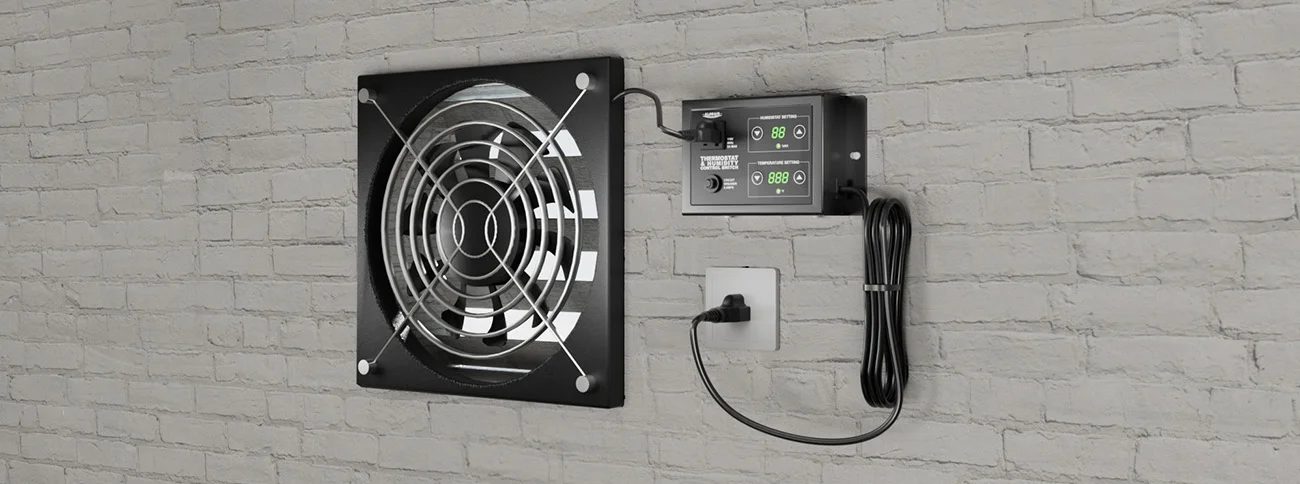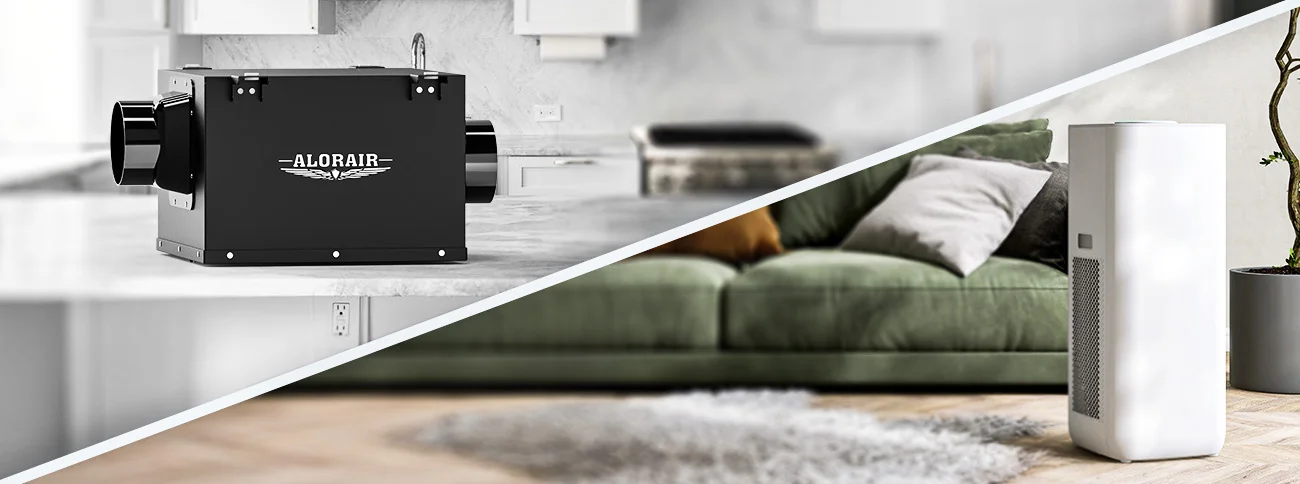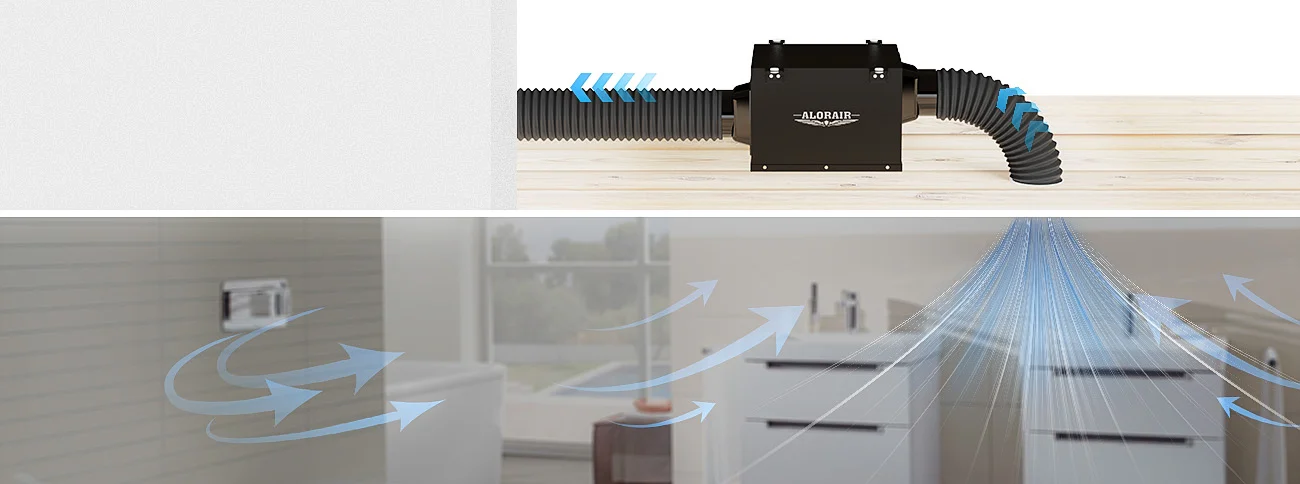Ventilation plays a key role in regulating air quality, moisture levels, and temperature within a space. Yet, many people unknowingly make ventilation mistakes that can lead to discomfort, health risks, and increased energy costs. Whether it’s neglecting regular maintenance or failing to account for indoor pollutants, these errors can compromise the effectiveness of a ventilation system.
In this guide, we’ll discuss seven of the most common ventilation mistakes and how you can correct them to ensure better air circulation and a healthier indoor environment.
Neglecting Regular Maintenance
One of the most common mistakes is failing to perform routine maintenance on ventilation systems. Dust, mold, and debris can accumulate in ducts, fans, and vents, leading to restricted airflow and poor air quality.
Regular maintenance keeps your ventilation system running efficiently. Cleaning air ducts, checking for blockages, and replacing filters can prevent unnecessary wear and tear. Scheduling periodic inspections by an HVAC professional ensures that small issues are caught early before they turn into costly repairs.
Blocked Vents and Clogged Air Filters
Blocked vents and clogged filters reduce airflow, making ventilation systems work harder than necessary. This not only reduces efficiency but can also lead to overheating and increased energy consumption.
To maintain proper airflow, avoid placing furniture or objects in front of vents, and clean or replace air filters every 1-3 months. High-efficiency filters that capture dust, allergens, and pollutants can enhance air quality while prolonging the life of your system.
Incorrect Ventilation Design
Improper ventilation design can cause air stagnation, poor circulation, and energy inefficiency. This is especially common in older buildings or poorly planned HVAC installations.
If certain areas in your home or business feel stuffy or humid, it may be a sign that your ventilation design is inadequate. Installing in-line fans, exhaust fans, or duct boosters can help improve airflow in larger or more complex spaces. For optimal results, consulting a ventilation expert can help identify and resolve design flaws.
Delaying Repairs
Many people ignore signs of ventilation problems, such as unusual noises, weak airflow, or foul odors, assuming they are minor inconveniences. However, these issues often indicate underlying problems that can worsen over time.
Addressing ventilation system malfunctions promptly can prevent further damage and expensive repairs. If you notice musty odors, investigate for mold and moisture buildup. Weak airflow may signal duct obstructions or motor issues that require immediate attention. Routine system checkups can help detect potential problems before they escalate.
Overly or Underly Ventilated Spaces
An unbalanced ventilation system can lead to problems on both extremes. Over-ventilation wastes energy by removing conditioned air too quickly, while under-ventilation traps moisture and pollutants indoors, leading to discomfort and potential health hazards.
Finding the right ventilation balance depends on your space size and its specific requirements. Adaptable fans allow better airflow regulation, and calculating the necessary air changes per hour (ACH) ensures optimal circulation. The goal is to maintain consistent air quality without excessive energy loss.
Lack of Natural Ventilation
Relying solely on mechanical ventilation without incorporating natural airflow can cause indoor air to feel stale and increase energy costs. Opening windows, using ventilated skylights, and installing air pathway kits are simple ways to improve fresh air intake.
A good ventilation strategy combines natural and mechanical ventilation. On days with mild weather, opening windows for a few hours can help replace stagnant indoor air. Positioning exhaust fans near windows or doors enhances the effectiveness of natural ventilation, ensuring a steady flow of fresh air.
Not Accounting for Indoor Pollutants
Household pollutants such as cooking fumes, cleaning chemicals, and off-gassing from furniture and carpets can significantly impact indoor air quality. Many ventilation setups do not take these contaminants into account, leading to increased exposure to harmful particles.
Using exhaust fans in kitchens and bathrooms helps remove fumes, smoke, and excess moisture. Investing in air purifiers with HEPA filters captures airborne contaminants and reduces allergens. Choosing low-VOC (volatile organic compound) paints and furniture further minimizes indoor pollutants, making the air cleaner and healthier.




